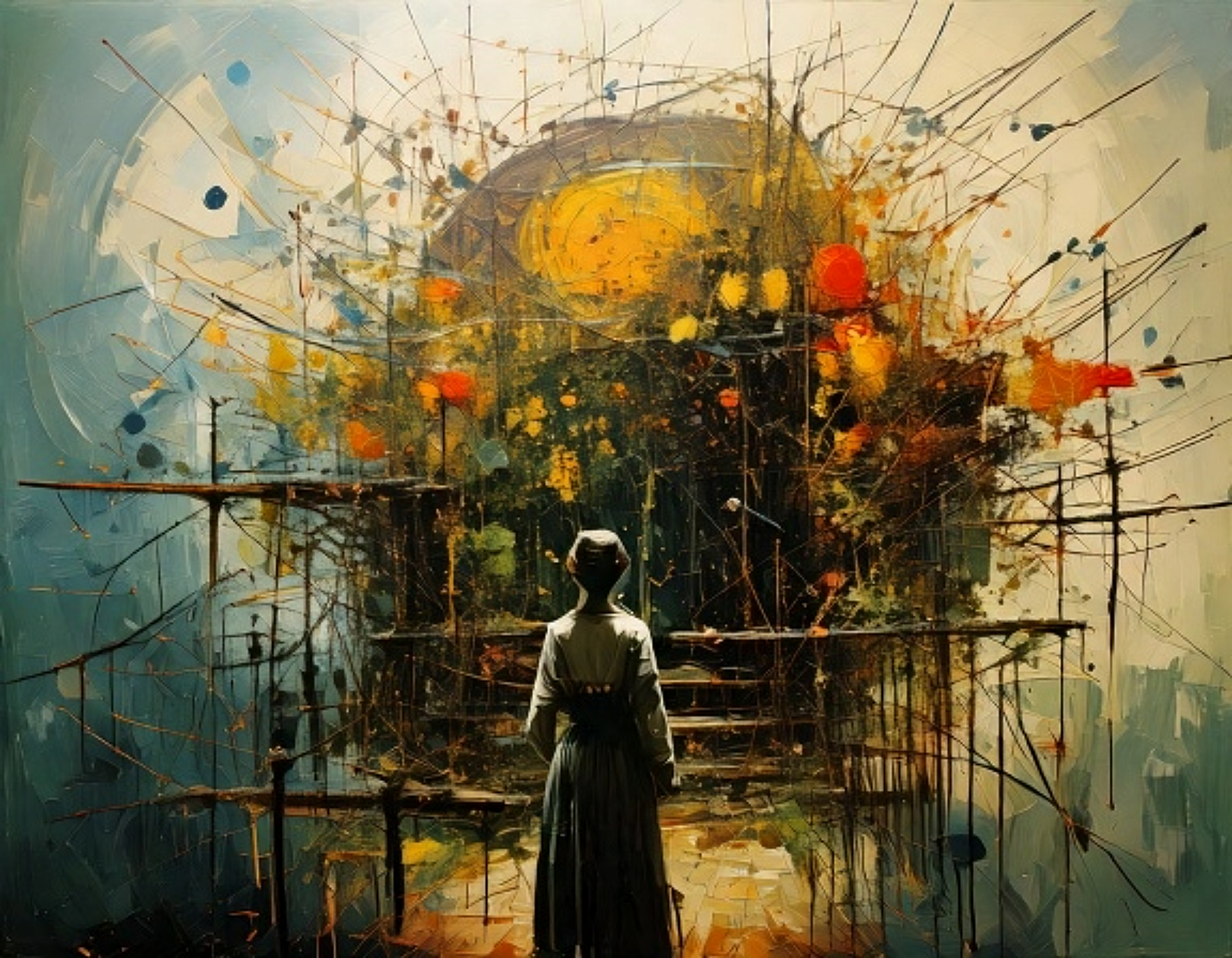The Problem: The Rapid Evolution of AI in Digital Art
The digital art landscape is undergoing a seismic shift with the rise of artificial intelligence and automation. Tools like DALL·E, MidJourney, and Adobe’s Firefly can now generate stunning visuals in seconds, reducing the need for traditional hand-drawn or manually edited digital art. Many artists fear they may become obsolete as AI-powered software enables businesses and individuals to create high-quality artwork without professional expertise.
Additionally, automation in creative workflows means that repetitive tasks such as photo retouching, background removal, and color correction can now be handled with a single click. While these innovations enhance convenience, they also risk undermining manual craftsmanship and reduce opportunities for digital artists and creative entrepreneurs.
To thrive in this rapidly evolving space, digital artists must find ways to differentiate themselves, enhance their creative process, and leverage AI rather than compete with it. Here’s how they can stay relevant:
10 Solutions to Stay Ahead in the AI-Driven Digital Art Industry

- Embrace AI as a Collaborative Tool
Instead of viewing AI as a competitor, use it to enhance your workflow. AI-powered tools can generate concept art, refine compositions, and assist with ideation, allowing you to focus on the creative aspects that require a human touch. - Develop a Unique Artistic Style
AI can mimic many styles, but originality remains a major differentiator. Invest time in refining a personal, recognizable style that makes your work stand out in a crowded market. - Master Traditional Art Fundamentals
Strong foundations in drawing, composition, and color theory set human artists apart from AI-generated works. Clients and collectors often seek authenticity and skill that AI cannot replicate. - Create Interactive and Immersive Experiences
AI-generated content often lacks the depth of interactive storytelling and emotional engagement. Expanding into animation, AR/VR art, or gamified experiences can give you an edge. - Offer Personalized, Commissioned Work
AI-generated art lacks human connection. Offering personalized, custom-made artwork builds a deeper relationship with clients, making your work more desirable. - Educate and Build a Brand Around Your Expertise
Position yourself as an industry expert through workshops, tutorials, and courses. People are willing to pay to learn from human artists who provide valuable insights beyond AI’s capabilities. - Leverage AI to Improve Productivity
Automate tedious tasks like resizing, color correction, and background removal so you can focus on creative ideation and execution. - Diversify Your Revenue Streams
Diversify income streams by selling digital assets, offering NFTs, licensing artwork, and creating online courses to build financial stability. - Stay Updated with Emerging Technologies
Follow AI and automation trends to understand how they impact your industry. This allows you to adapt early and integrate new tools effectively. - Advocate for Ethical AI Use in Art
Engage in industry discussions, advocate for fair policies, and educate fellow artists on ethical AI practices.
AI is transforming the digital art world, but some artists are turning this disruption into opportunity. Instead of resisting change, they are redefining their creative process—leveraging AI to enhance their work while preserving their artistic integrity. From advocating for ethical AI practices to blending human creativity with machine-assisted innovation, these three artists demonstrate that adaptation is key to thriving in an AI-driven industry. Let’s explore how they are navigating this transformation and setting new standards for the future of digital art.
3 Real-World Examples of Artists Adapting to AI Disruption
- Greg Rutkowski – Redefining Artistic Identity
Renowned for his fantasy art, Greg found that AI frequently imitated his style without permission. Rather than retreating, he raised awareness about AI ethics, expanded his artistic range, and gained even more recognition for his originality. - Beeple – Blending AI and Human Creativity
Digital artist Beeple, famous for his $69M NFT sale, integrates AI-assisted design elements into his work while maintaining a strong artistic vision, proving that AI can be a tool rather than a replacement. - Loish – Leveraging AI for Concept Development
Illustrator Loish uses AI for early-stage ideation but ensures her final artwork is uniquely hers, combining AI’s efficiency with human creativity for distinctive results.
Final Thoughts
AI and automation are reshaping the digital art industry, but artists who adapt, innovate, and leverage these tools strategically will continue to thrive. By refining personal style, staying ahead of trends, and offering value beyond AI’s capabilities, digital creatives can future-proof their careers and maintain relevance in an AI-driven world.
Are you ready to embrace AI in your creative journey? Let’s discuss this in the comments below!
